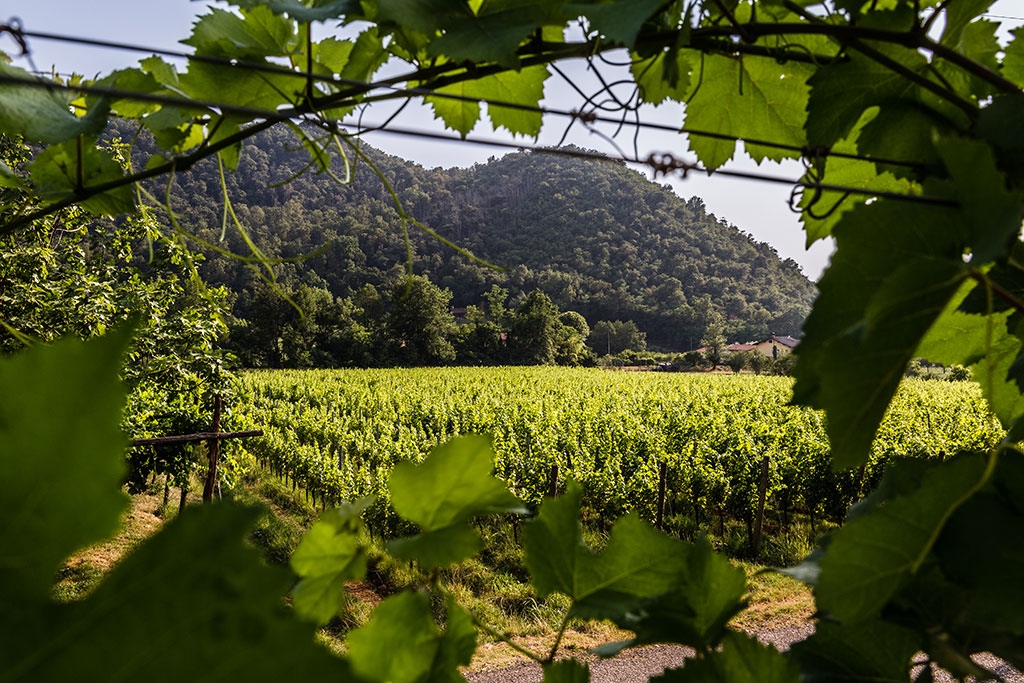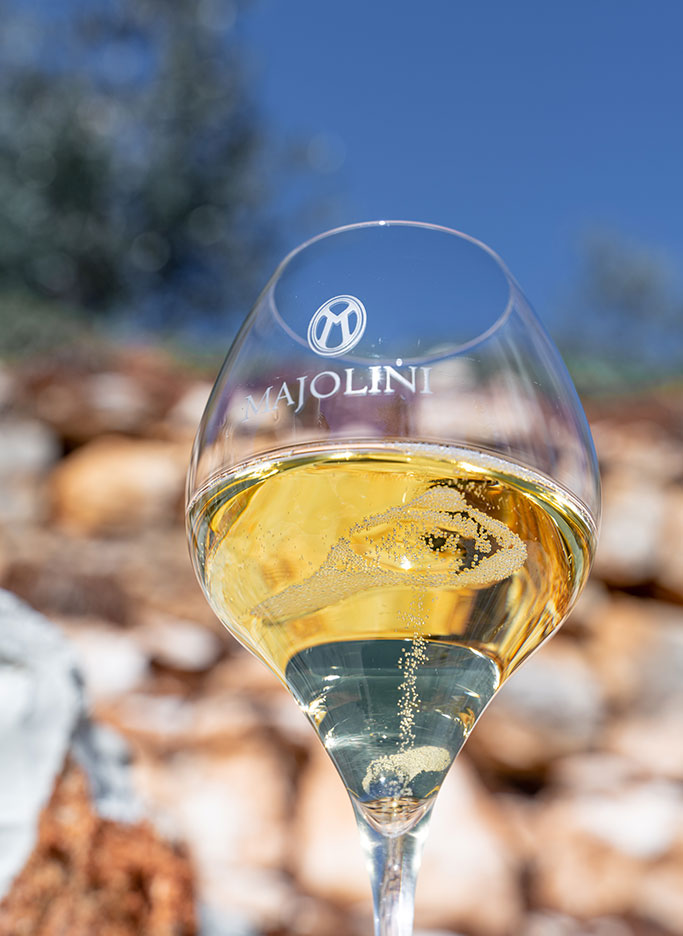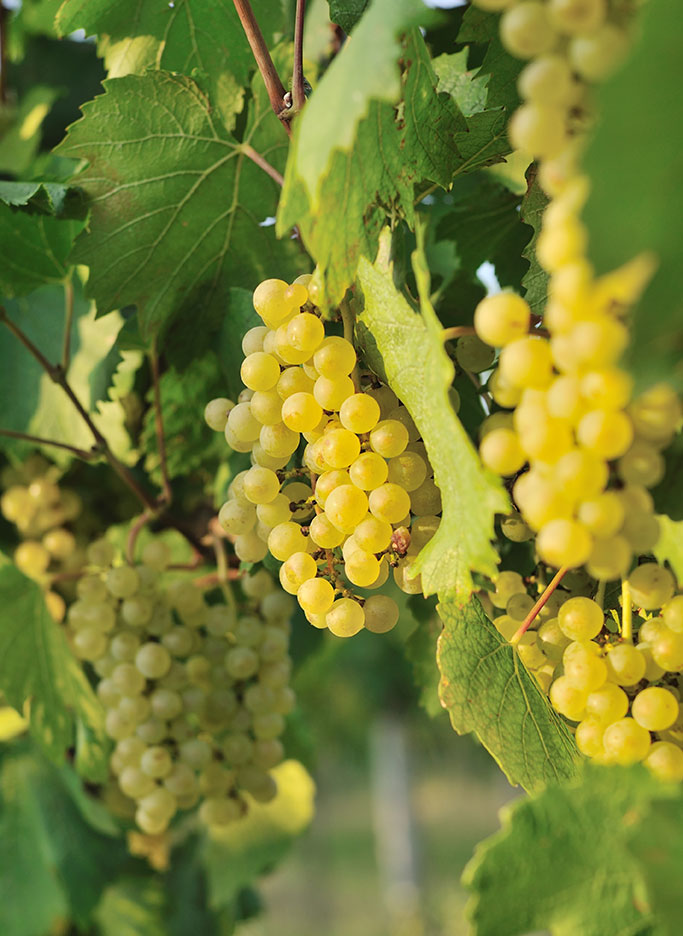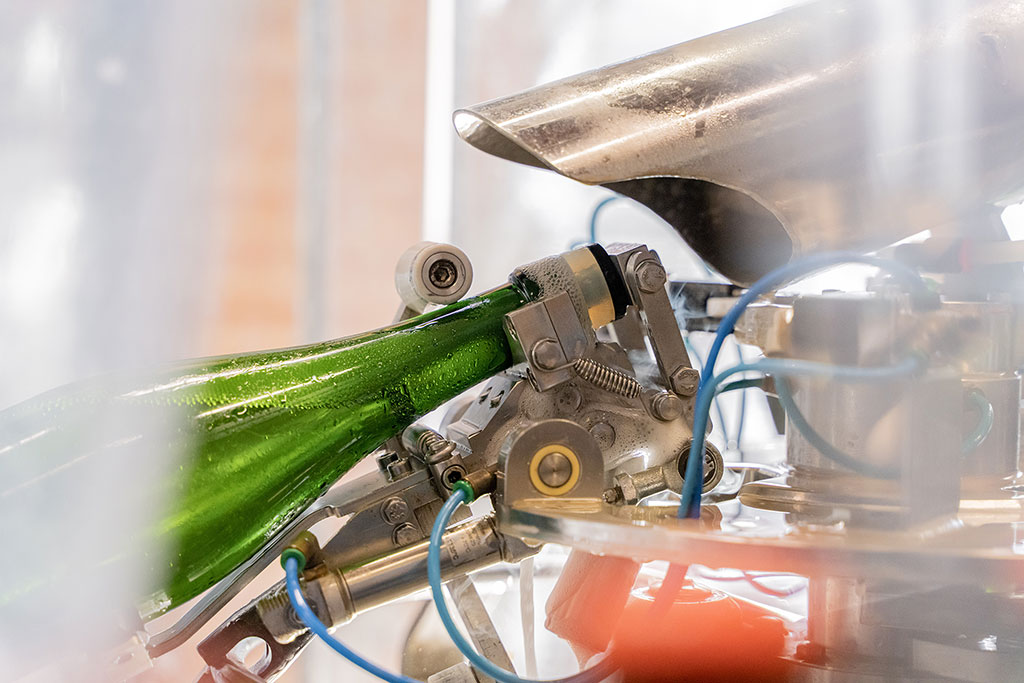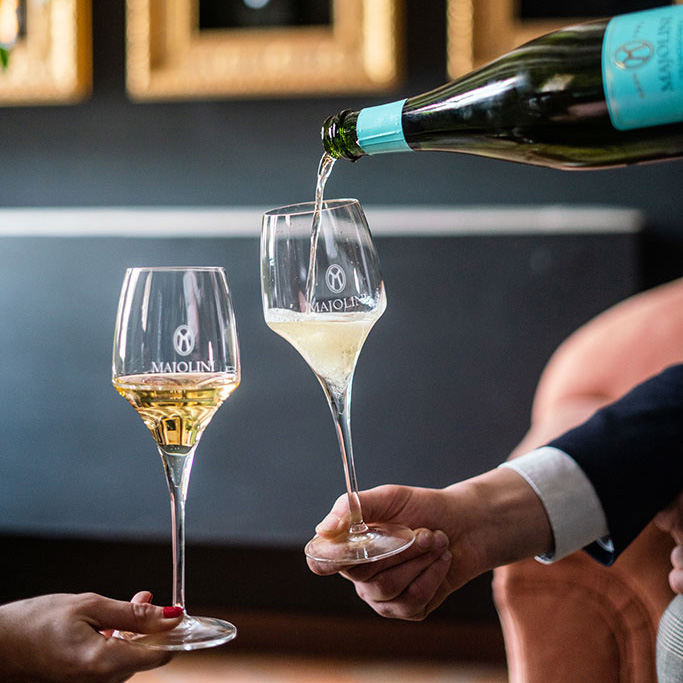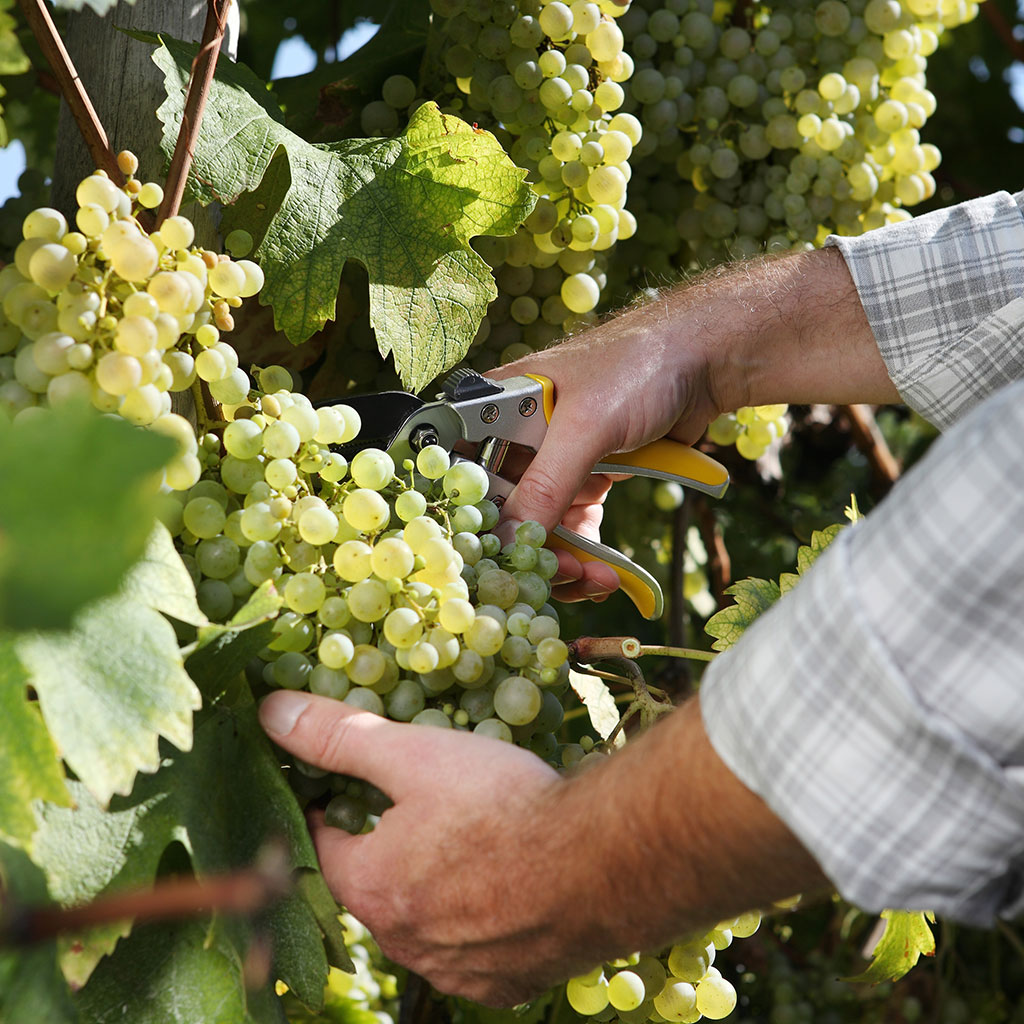Franciacorta was the first Italian DOCG wine to use bottle fermentation, also known as the classic method.
The Method
There are only three Italian wines (Franciacorta, Asti and Marsala) that the European Union allows to describe their wine without using any other qualifying terms. The policy guidelines in force explicitly ban use of the term “sparkling wine” (“spumante”) in the description and on the label. The correct wording is therefore “Franciacorta” and not “Franciacorta sparkling wine,” just as with French Champagne (with which Franciacorta shares the same main production processes.)
The name of the wine is taken from the area the grapes are from: a restricted geographical area between Mount Orfano and Lake Iseo, in the Brescia province.
The most important feature of Franciacorta is the unique method used for secondary fermentation, which is the traditional method:
bottle fermentation, also known as the classic method, and Franciacorta was the first Italian DOCG wine of this type.
Majolini Franciacortas are produced using long periods of bottle fermentation, from a minimum of 24 months and up to 120 months for some riserva wines.
Franciacorta quality
Grape varieties
Franciacorta is made with chardonnay, pinot noir or pinot blanc grapes. The limited amount of grapes produced per hectare confirms that excellent product quality
starts on the vines
Franciacorta production times
According to the guidelines, non-vintage Franciacorta requires 18 to 24 months. Around seven months after the grape harvest, yeast is added to bottled base wine.
Then, there is a minimum 18-month fermentation period and slow ageing on lees in bottles before disgorgement. For non-vintage satèn and rosé wines this period lasts up to minimum of 24 months.
For vintage Franciacortas the minimum ageing period on lees is 30 months. For Franciacorta Riserva this is at least 60 months.
Types of Franciacorta
Pas dosé (Non-dosed, Zéro dosage, Nature) from 0 to 3 gr./l of sugar
Extra Brut from 0 to 6 gr./l of sugar
Brut from 0 to 12 gr./l of sugar
Brut Rosé from 0 to 12 gr./l of sugar
Brut Satèn from 0 to 12 gr./l of sugar
Extra DRY from 12 to 17 gr./l of sugar
Sec from 17 to 32 gr./l of sugar
Demi Sec from 33 to 50 gr./l of sugar
The Franciacorta grape harvest
The whole harvest is done strictly by hand. The grape harvest is strictly done by hand; the clusters are gently placed in small crates so that they arrive to the winery intact. The harvest from each vineyard is kept separate from others and is vinified separately. Must is obtained after soft pressing, which is kept in stainless steel tubs or wooden barrels.



